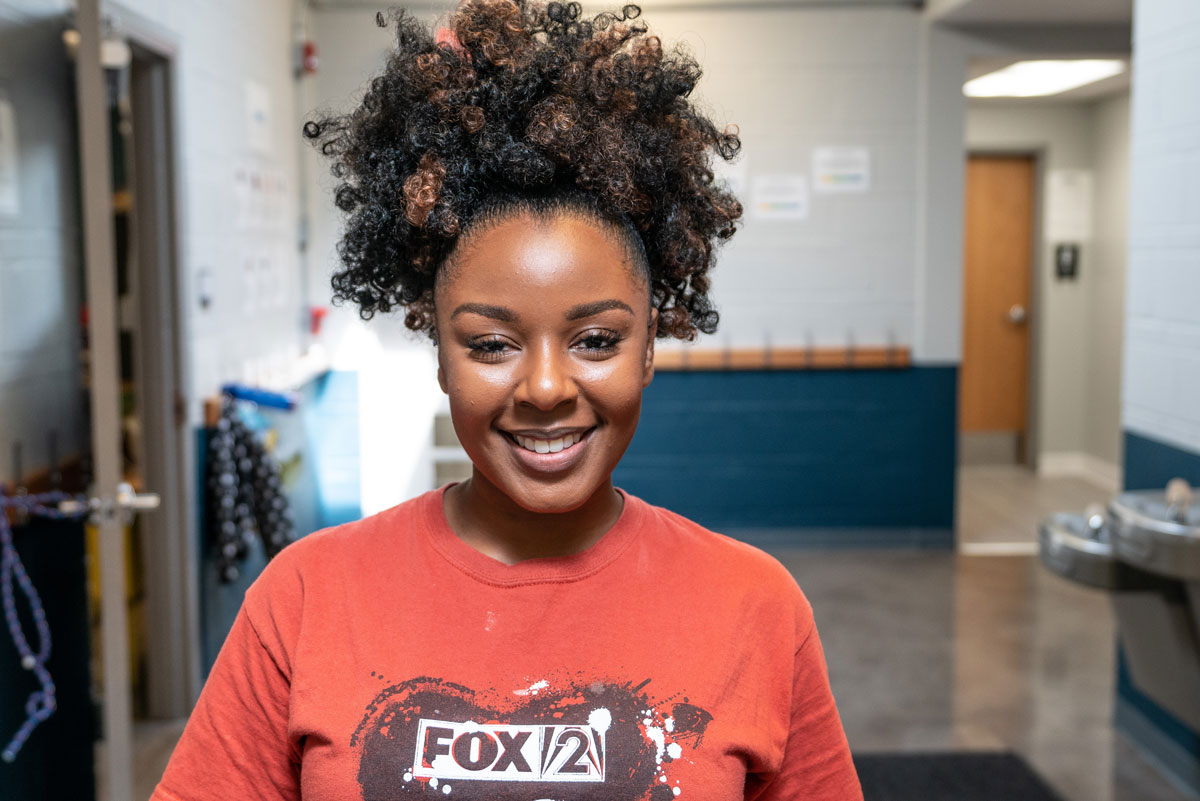
Approximately 1 in 5 high school girls reports being abused by a boyfriend.
– Silverman, J. G., Raj, A., Mucci, L. A., & Hathaway, J. E. (2001). Dating violence against adolescent girls and associated substance use, unhealthy weight control, sexual risk behavior, pregnancy and suicidality. JAMA, 286(5).
1 in 3 female teenagers in a dating relationship has feared for her physical safety.
1 in 2 teenagers in a serious relationship has compromised personal beliefs to please a partner.
1 in 5 teenagers in a serious relationship reports having been hit, slapped, or pushed by a partner.
29 percent of girls who have been in a relationship said that they have been pressured to have sex or to engage in sexual activities that they did not want.
Violent relationships in adolescence can have serious ramifications for victims, putting them at higher risk for substance abuse, eating disorders, risky sexual behavior, suicide, and adult revictimization.
– American Bar Association. “National teen dating violence prevention initiative.” Jan 2008 abanet.org/publiced/teendating.shtml.
Females ages 16 to 24 are more vulnerable to intimate partner violence than any other age group—at a rate almost triple the national average.
Between 1993 and 1999, 22 percent of all homicides against females ages 16 to 19 were committed by an intimate partner.
– Rennison, C. A. (2001). Intimate partner violence and age of victim, 1993-99 (NCJ 187635). Washington, DC: U.S. Department of Justice.
40 percent of teenage girls ages 14 to 17 report knowing someone their age who has been hit or beaten by a boyfriend.
– “Children Now,” Kaiser Permanente poll, December 1995.
50 to 80 percent of teens report knowing someone involved in a violent relationship.
– O’Keefe, M., & Trester, L. (1998). Victims of dating violence among high school students. Violence Against Women, 4(2).
When female high school students were asked whom they would speak with if someone they date is attempting to control them, insults them or physically harms them, 86 percent said they would confide in a friend, while only 7 percent said they would talk to police.
– Zwicker, T. J. (2001). Education policy brief: The imperative of developing teen dating violence prevention and intervention programs in secondary schools. Southern California Review of Law and Women’s Studies, 12.
Only 33 percent of teens who were in an abusive relationship ever told anyone about the abuse.
– Liz Claiborne Inc. study on teen dating abuse conducted by Teenage Research Unlimited, February 2005.
24 percent of 14- to 17-year-olds know at least one student who has been the victim of dating violence, yet 81 percent of parents either believe teen dating violence is not an issue or admit they don’t know if it is an issue.
– Survey commissioned by the Empower Program, sponsored by Liz Claiborne Inc. and conducted by Knowledge Networks, Social Control, Verbal Abuse, and Violence Among Teenagers, December 2000.
Information provided by the missouri coalition against domestic and sexual violence
Back to All News